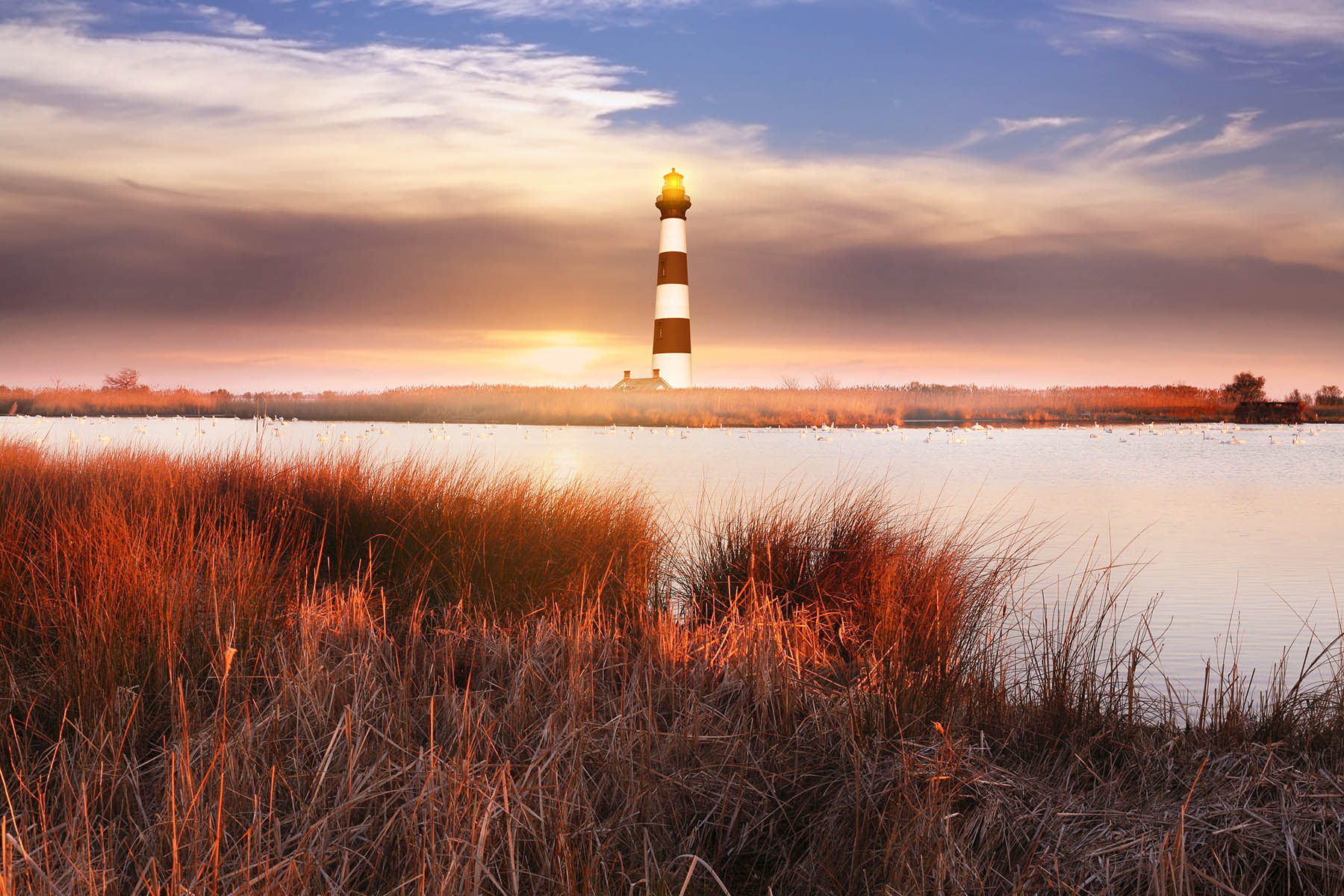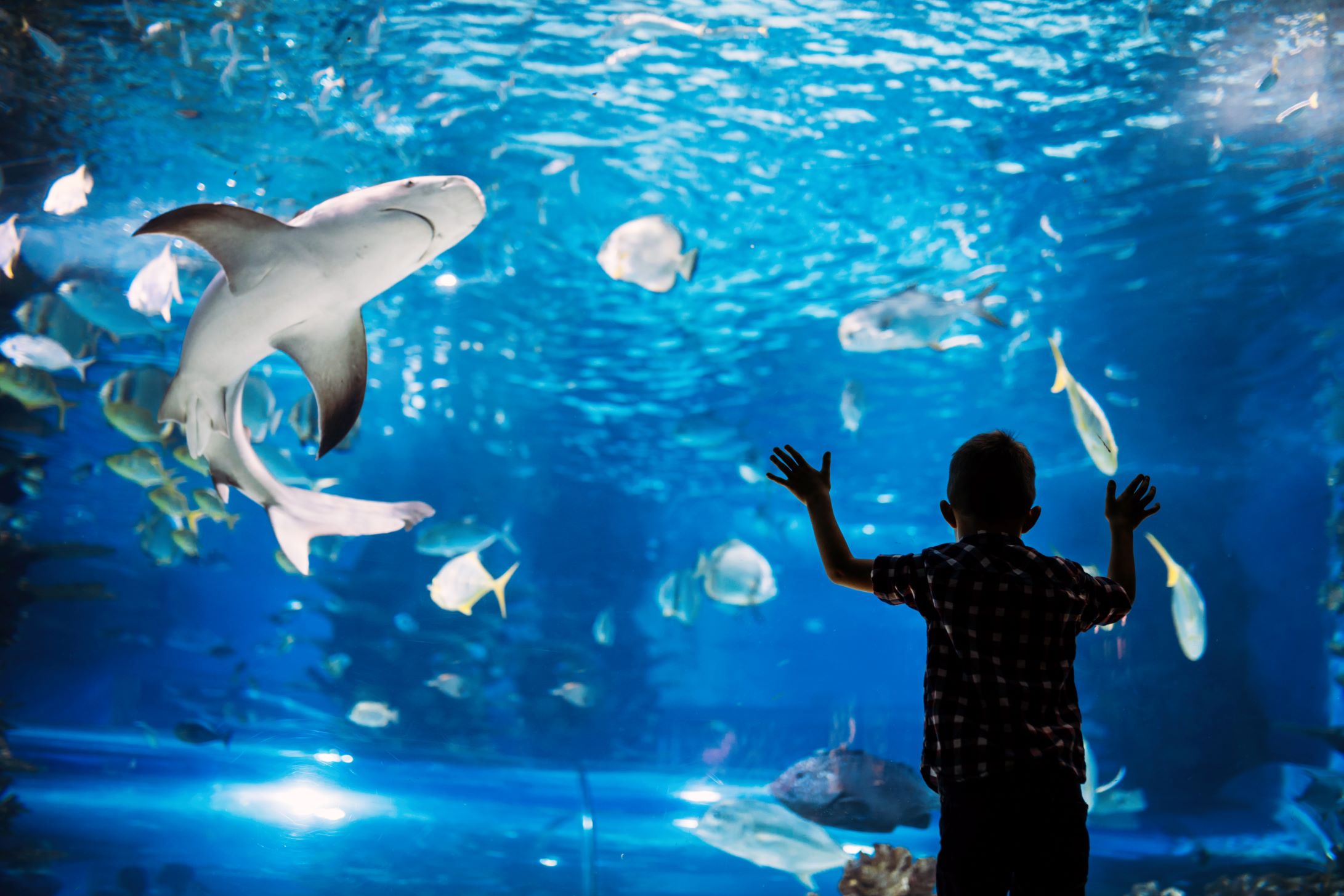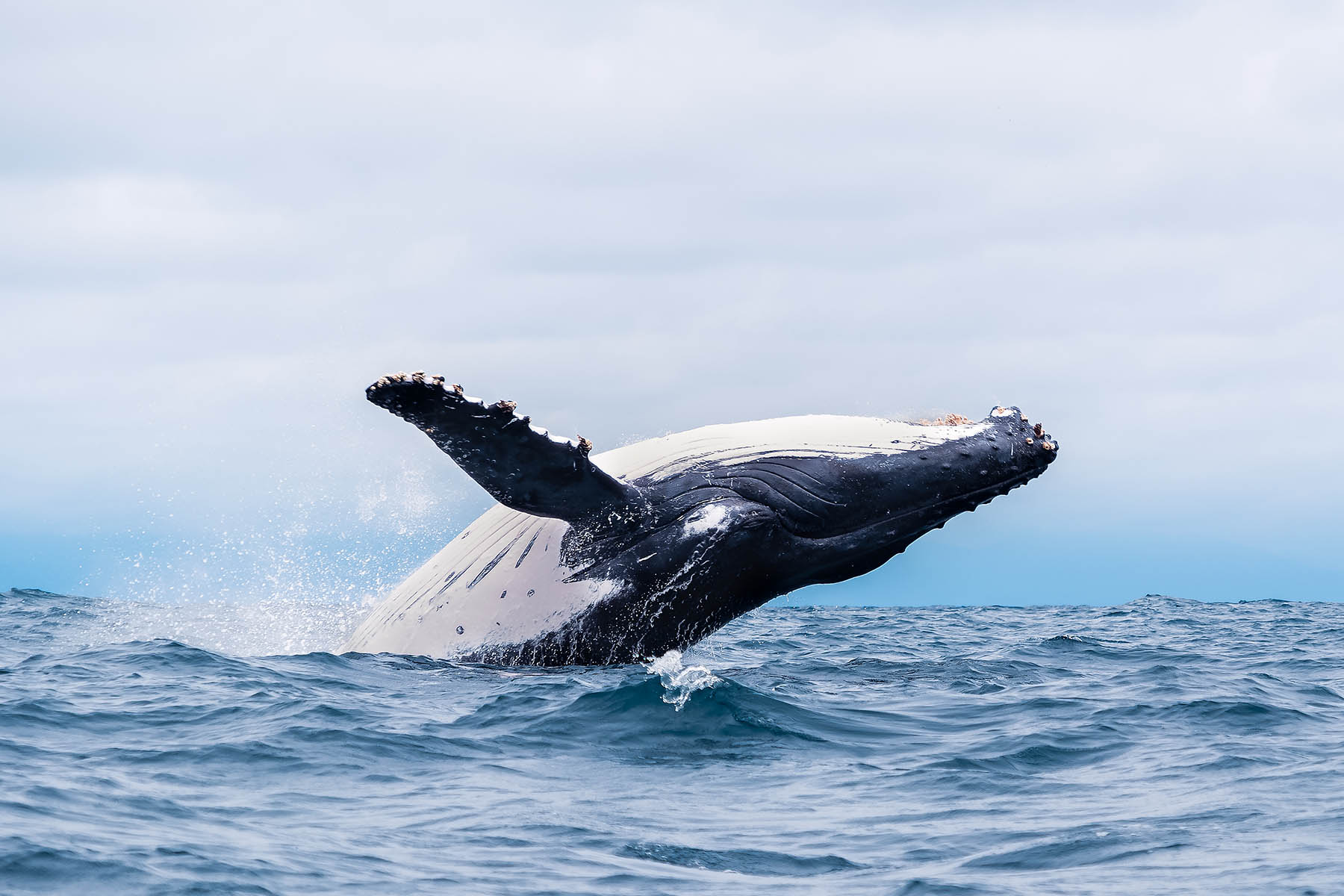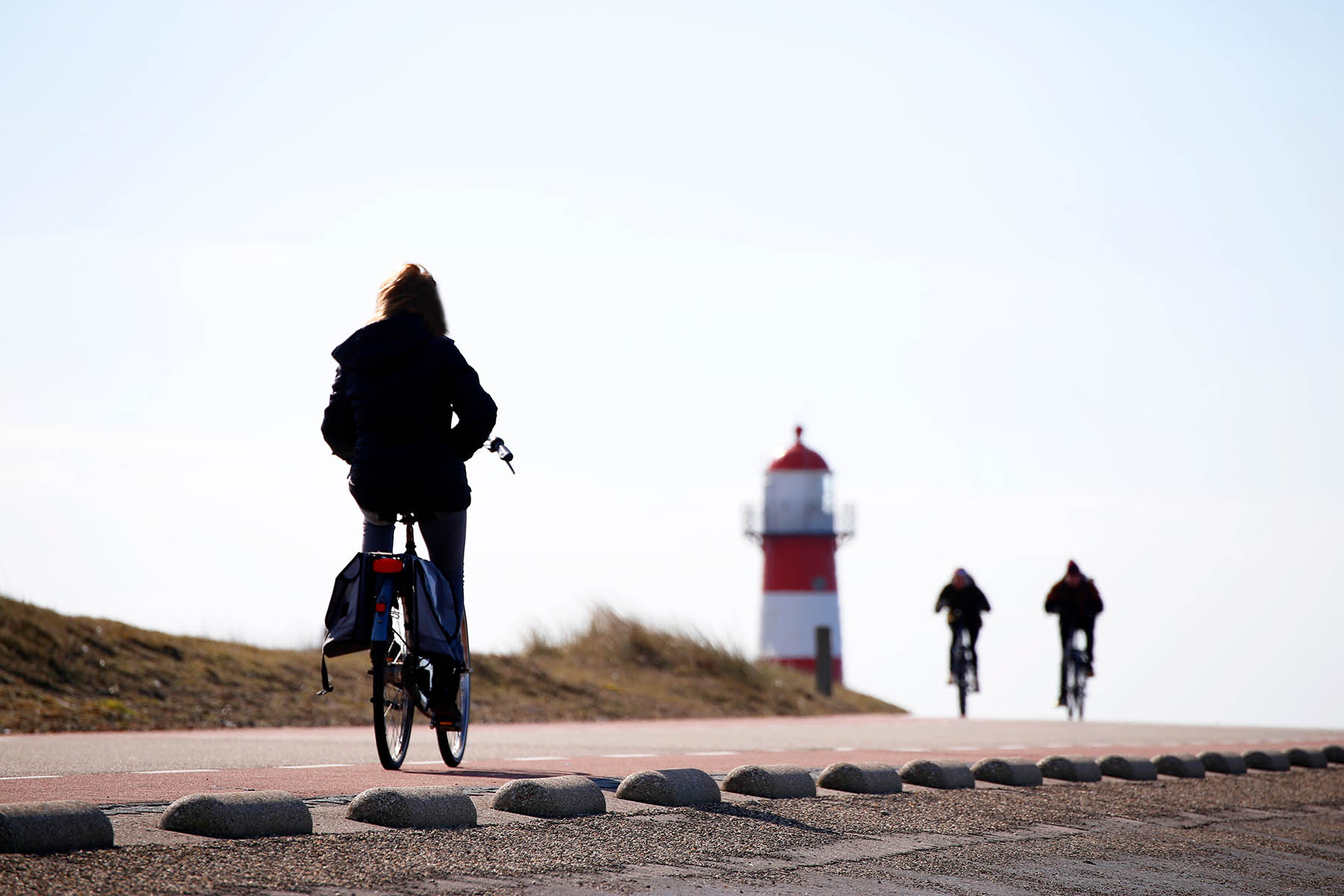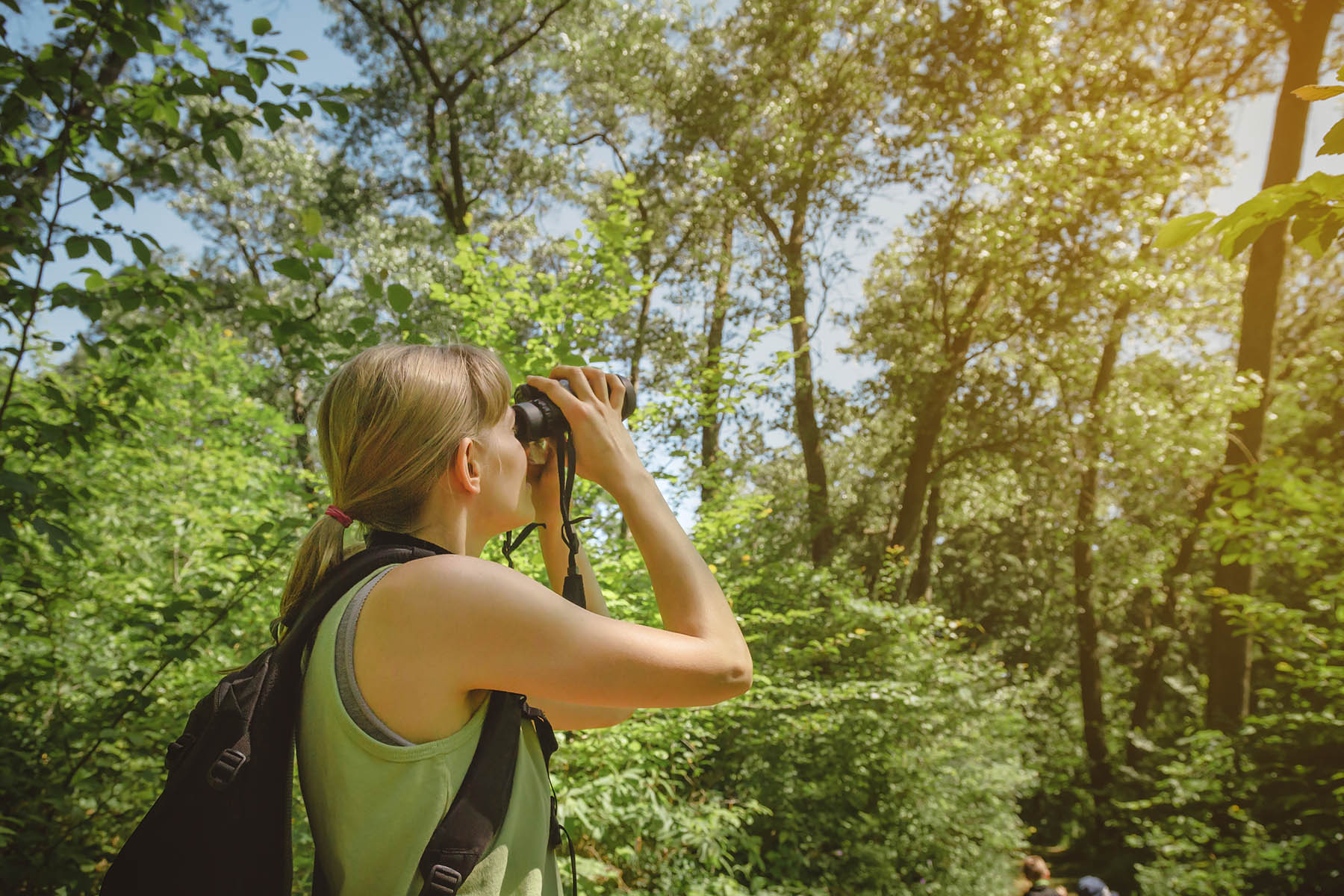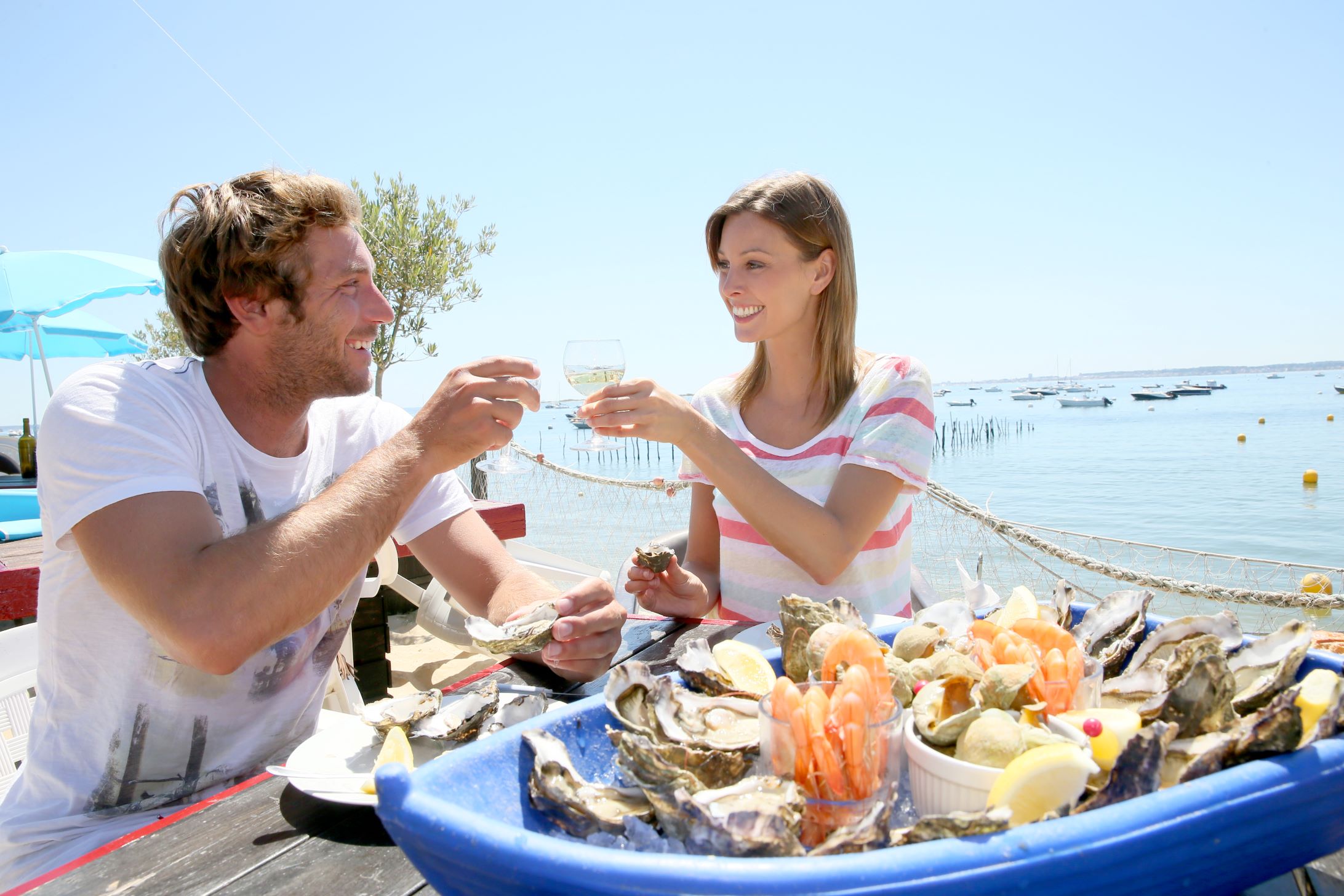Wild Horses of Outer Banks
The wild horses on the Outer Banks run free because preservation and conservation specialists keep them safe. Vacationers and visitors are not able to ride the horses or get up close. The Wild Colonial Spanish Mustangs are just that (wild) and could be dangerous to approach. It is illegal to feed or engage with them outside of approved tours. Every effort is made to let them stay wild and run the beaches of Outer Banks, NC for many years to come.
Visit the Wild Horses of Outer Banks, NC
One of the first explorers to visit North Carolina’s Outer Banks was Lucas Vasquez de Ayllon, a Spaniard, who gave him the right to colonize the eastern seaboard. In 1521, he sent an expedition that landed at what is now believed to be Cape Fear and explorers met with local native peoples. The Native Americans were displeased with the Spaniards whom they believed to be sending their children as slaves to the West Indies. Another historical reference to Greenville’s expeditions of the coastline from England gives rise to the notion that livestock such as the mustangs were brought on small fleets of ships to carry supplies and stayed on the lands.
Preservation of the horses has become a key focus of conservation efforts in Outer Banks. The Corolla Wild Horse Fund in 1989 was designed to use volunteers and trained animal specialists to monitor, manage and maintain the remaining herds of free-roaming mustangs. To do this, the land must also be preserved. The National Park Service and Shackleford Horses nonprofit were designed to create a law that mandates wild Colonial Spanish Mustangs of Cape Lookout National Seashore to be managed. Corolla horses have struggled to survive but Ocracoke Island is maintaining its herd due to good veterinary care and support of the locals although they are not wild roaming mustangs like their other cousins. Learn more about the history of the mustangs here.
Wild Horse Tours

Corolla
Check out Back Beach Wild Horse Tours with trained staff who take people into the 4WD area to watch the horses in their natural habitat. Bob’s Wild Horse Tours has highly trained staff to teach local history and take a two-hour trip into the past to see the horses running wild on the shore. Another way to take tours is through Corolla Wild Horse Tours by four-wheel-drive vehicles. Guides take individuals, groups, and families using a safari-style truck with kids allowed to ride along for the trip. First Flights also offers visitors tours of various places to see the horses.

Shackleford
Join the captain on a journey up-close and personal with wild horses through Seavisions Charters at Shackleford Banks and Rachel Carson Reserve. Also known as ‘Banker ponies,’ each tour can be customized to see them from the water. Head out with Shackleford Wild Horse and Shelling Safari to track the horses and get some shells along the way. The free-roaming herd can be seen up close followed by shelling elsewhere away from the horses.

Where to find Wild Horses
A trip to coastal Carolina is not complete without visiting the wild mustangs. Corolla is a great place to start. They are the most famous and oldest. They are deemed the ‘state horse’ of North Carolina and are much beloved. Other spots to see them include Ocracoke Island down to Cape Lookout National Seashore and Shackleford Banks. The Spanish Mustangs of Ocracoke Island are descendants of mustangs who were part of a shipwreck that got stranded. The Ocracoke Banker Ponies have been penned for protection and cared for by the National Park Service since 1959. There are 188 acres of sound-side beach and marsh along with paddocks and stables. They can be visited off Highway 12 at Ocracoke Pony Pens.
Dos & Don’ts
Keep away from horses at all times. Don’t try to get up close to the horses at any point because they are protected. It is illegal to engage the horses but also it is unsafe because they are untamed horses unused to human interaction
Do bring cameras to take pictures
Don’t drive 4WD outside of approved areas and keep a safe distance from the horses for your safety and theirs
Do look for approved tour groups who are knowledgeable on the history of the horses and can take you up-close-and-personal safely
Don’t feed, interact with, or attempt to touch the wild horses
Check out this website with more tips and information on visiting the wild horsesHere are some safety tips outlined in the video to give you a better understanding of how to engage properly with the wild mustangs.
Wild Horses of Outer Banks F.A.Q.
The Banker Ponies on Ocracoke Island are the oldest residents and have been around for a few hundred years. The horses are the main attraction for families and kids. They are protected by the National Park Service and can be seen on the island but not interact one-on-one as they are protected for their safety and the safety of others.
No. It is illegal to feed them as they only eat native plants and grasses. Some have died as a result of human feeding. Don’t toss remnants of food into the yard as they roam as they please and can pick up garbage or food left behind. If they are too used to humans or their food for some reason, they will have to be removed from the wild. To keep them wild they must not eat human food, be interacted with, or be touched in any way.
The horses roam free and you are welcome to walk the beaches to see them. By law, you must stay 50 feet away from them. Drive a four-wheel drive on the beach as long as it meets regulations and you deflate the tires on it before heading out to avoid getting stuck. All visitors without tours must stay away from the horses and only take long-distance photos or enjoy them from afar.
The horses are protected for your safety and theirs. They are also vulnerable to human interaction and can be injured or injure someone else. Likewise, there are so few left in the wild, only a few hundred in various areas across the Outer Banks that they need to be sheltered, protected, and laws made to ensure their preservation for the long run.

